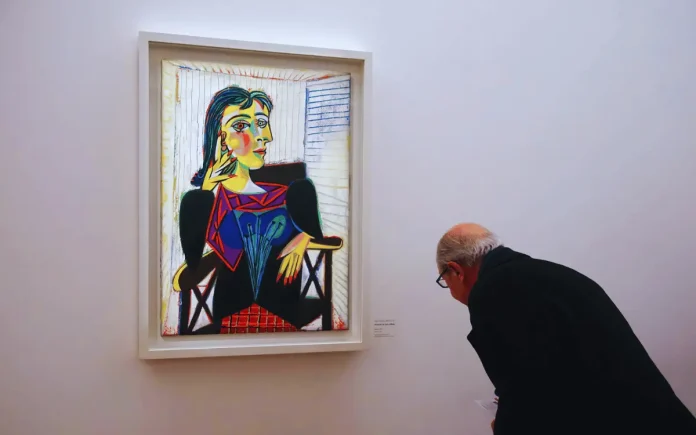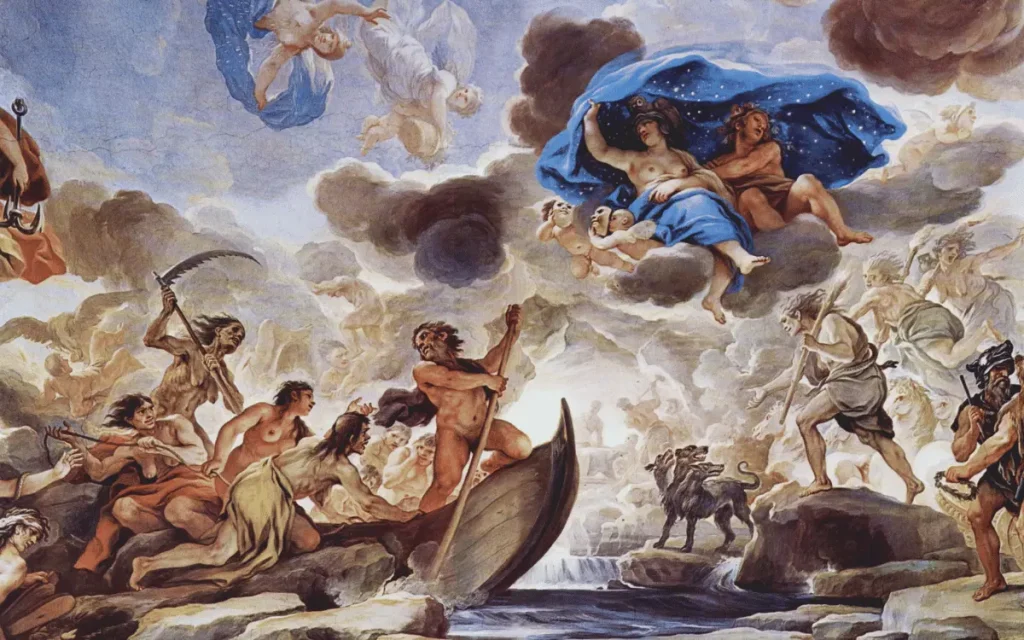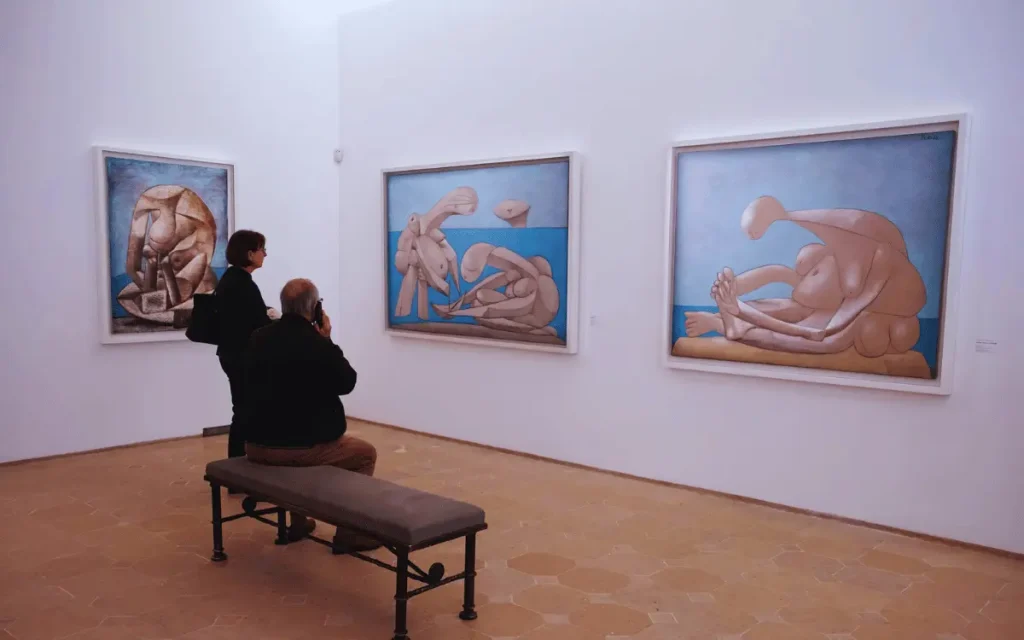
Art has the power to move, inspire, and provoke thought like nothing else. Throughout history, certain masterpieces have transcended time and culture to become universally recognized symbols of artistic achievement. These creations, known as the most famous artworks, continue to captivate audiences and stir the imagination of viewers around the globe.
The first of the most famous artworks that comes to mind for many is Leonardo da Vinci’s “Mona Lisa.” Housed in the Louvre Museum in Paris, this iconic painting is renowned for its mysterious subject’s enigmatic smile and the unparalleled technique employed by da Vinci. The “Mona Lisa” not only exemplifies the pinnacle of Renaissance art but also embodies the timeless intrigue that great art can evoke.
Another masterpiece that stands as a pillar among the most famous artworks is Michelangelo’s “David.” Carved from a single block of marble, this sculpture is a testament to the human form’s beauty and strength, representing the biblical hero David with an air of contemplative calm before his battle with Goliath. Michelangelo’s ability to capture the complexity of human emotion and physicality has left viewers in awe for centuries.

Vincent van Gogh’s “Starry Night” offers a stark contrast to the classical beauty of the Renaissance with its swirling skies and vibrant colors. This painting, which depicts the view from van Gogh’s asylum room at Saint-Rémy-de-Provence, is a powerful expression of the artist’s tumultuous inner world. “Starry Night” is often cited as a prime example of the emotional depth and innovative technique that make van Gogh’s work a cornerstone among the most famous artworks.
The influence of “The Scream” by Edvard Munch cannot be overstated when discussing the most famous artworks. This haunting piece captures the existential angst and despair of the modern human condition. With its stark colors and agonized figure against a blood-red sky, “The Scream” has become an enduring symbol of human anxiety and alienation, resonating with audiences well into the 21st century.
Check How to Start Reading Marvel Comics.
Pablo Picasso’s “Guernica” is another revolutionary work that has earned its place among the most famous artworks. Created in response to the bombing of the Basque town of Guernica during the Spanish Civil War, this mural-sized canvas is a powerful statement against war and suffering. Picasso’s use of cubist techniques and a monochromatic palette amplify the chaos and agony depicted, making “Guernica” a poignant reminder of the horrors of conflict.
The exploration of beauty and form takes a different turn with Sandro Botticelli’s “The Birth of Venus.” This exquisite painting portrays the goddess Venus emerging from the sea on a shell, symbolizing the birth of beauty and love. Botticelli’s delicate detailing and the ethereal quality of Venus have cemented this work as a paragon among the most famous artworks, celebrating the divine and the natural world.

Moving forward in time, Claude Monet’s “Impression, Sunrise” gave birth to the Impressionist movement, challenging the conventions of fine art with its loose brushwork and emphasis on light and color over detail. Monet’s depiction of a sunrise over the port of Le Havre invites viewers to experience the fleeting moments of beauty in everyday life, making it a revolutionary piece among the most famous artworks.
Another monumental work that has shaped the course of art history is “The Last Supper” by Leonardo da Vinci. This mural, which covers a wall in the Convent of Santa Maria delle Grazie in Milan, depicts the emotional and tense moments before Jesus announces his betrayal. The mastery of composition and human emotion displayed in “The Last Supper” places it firmly among the most famous artworks, showcasing da Vinci’s genius in capturing the complexity of human interaction.
In the realm of sculpture, Auguste Rodin’s “The Thinker” stands as a symbol of introspection and human intellect. Originally part of a larger work called “The Gates of Hell,” this bronze statue has taken on a life of its own, representing the creative struggle and the profound depths of contemplation. “The Thinker” embodies the essence of existential inquiry, making it a key figure among the most famous artworks.
Jackson Pollock’s “Number 31, 1950” revolutionized the concept of painting with its abstract expressionist style. By dripping and splattering paint onto the canvas, Pollock moved beyond traditional techniques, creating a work that is as much about the act of painting as it is about the final product. This innovative approach to art-making secures “Number 31, 1950” a spot among the most famous artworks, challenging viewers to see beyond the surface and engage with the dynamic process of creation.
In conclusion, the most famous artworks serve not only as high points of artistic achievement but also as windows into the human condition. Each piece, whether it captures a moment of sublime beauty, profound despair, or revolutionary thought, invites us into a deeper understanding of ourselves and the world around us. As we continue to revisit and reinterpret these masterpieces, they remain living testaments to the enduring power of human creativity and imagination. The most famous artworks are not just relics of the past; they are vibrant contributors to our ongoing dialogue about what it means to be alive.









